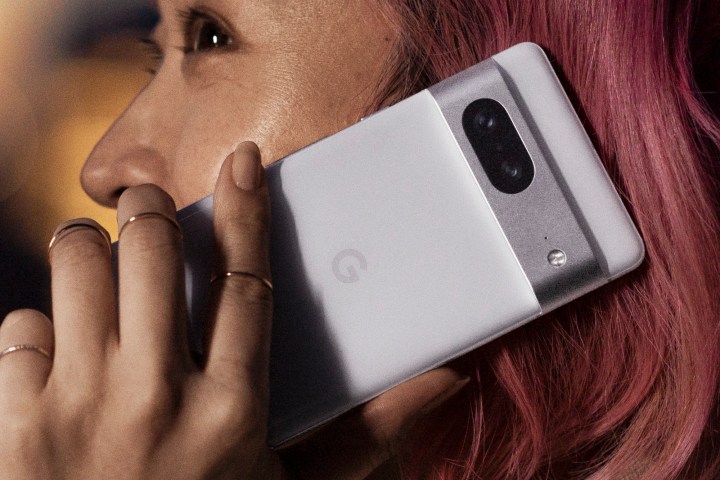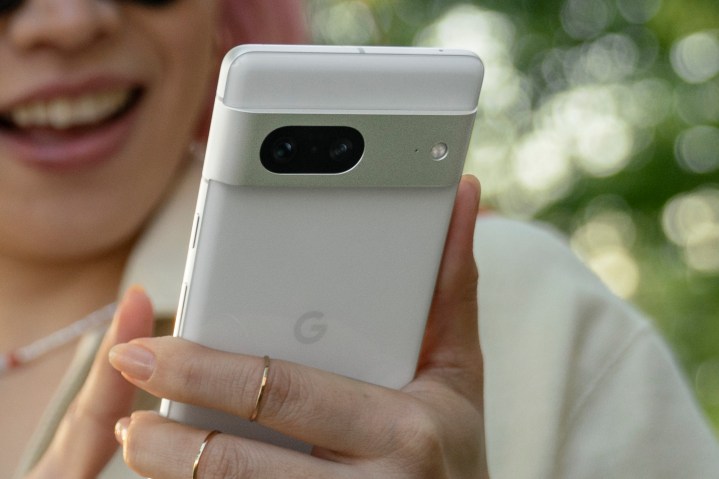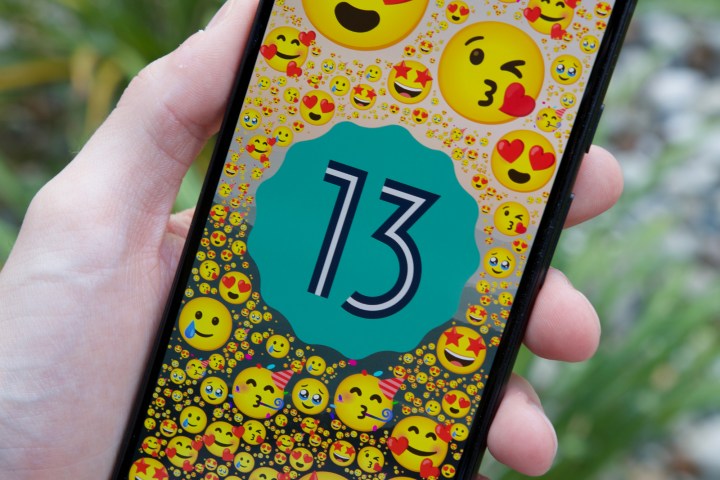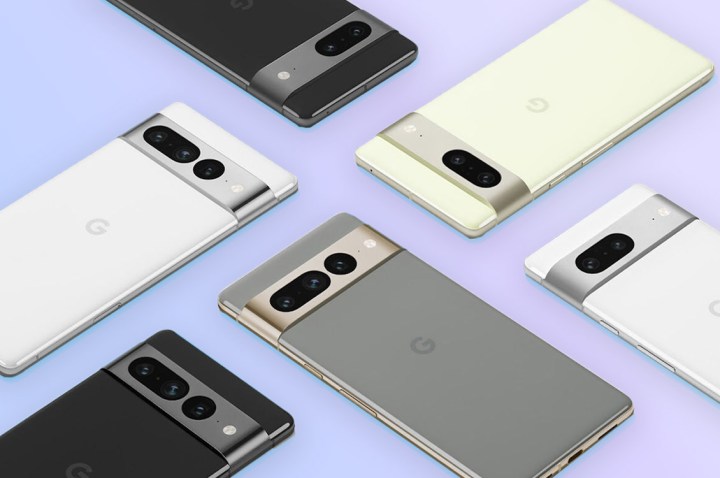As the summer winds down and fall begins, Pixel fans know to expect new hardware releases from Google. While there are plenty of new devices launching around this time, like the Pixel Watch, it’s the Google Pixel 7 people are scrambling to get their hands on. Although the Pixel 7 Pro boasts more powerful specs, the base model is still impressive in its own right, thanks to the upgraded processor and design.
With the near-constant stream of new smartphone launches, however, it can be a little tough to know when it’s time to spend the cash and upgrade, especially if you bought the Google Pixel 6 last year. It’s important to note there won’t be huge differences between these two, as this yearly upgrade is more incremental. But even with that in mind, by the time we’re done comparing both devices, there should be a definitive better smartphone. So, if you’re wondering whether to upgrade or if you should buy the new Pixel 7 over the older Pixel 6, here’s your answer.
Specs
| Google Pixel 7 |
Google Pixel 6 |
|
| Size | 155.6 x 73.2 x 8.7 mm (6.1 x 2.9 x 0.3 inches) | 158.6 x 74.8 x 8.9 mm (6.24 x 2.94 x 0.35 inches) |
| Weight | 197 grams (6.9 ounces) | 207 grams (7.30 ounces) |
| Screen size | 6.3-inch FHD+ AMOLED | 6.4-inch FHD+ AMOLED |
| Screen resolution | 2400 x 1080 pixels (416 pixels per inch) | 2400 x 1080 pixels (416 pixels per inch) |
| Operating system | Android 13 | Android 13 |
| Storage | 128GB, 256GB | 128GB, 256GB |
| MicroSD card slot | No | No |
| Tap-to-pay services | Google Pay | Google Pay |
| Processor | Google Tensor G2 | Google Tensor |
| RAM | 8GB | 8GB |
| Camera | Dual-lens 50-megapixel wide and 12MP ultrawide, 10.8MP front | Dual-lens 50MP wide and 12MP ultrawide, 8MP front |
| Video | 4K at up to 60 frames per second and 1080p at up to 60 fps rear, 4K at up to 60 fps, 240 fps slo-mo front | 4K at up to 60 fps and 1080p at up to 60 fps rear, 4K at up to 60 fps, 240 fps slo-mo front |
| Bluetooth version | Bluetooth 5.2 | Bluetooth 5.3 |
| Ports | USB-C 3.1 | USB-C 3.2 |
| Fingerprint sensor | Under-display, optical sensor | Under-display, optical sensor |
| Water resistance | IP68 | IP68 |
| Battery | 4,355mAh
Fast charging (30W charger sold separately) Fast wireless charging |
4,614mAh
Fast charging (30W charger sold separately) Fast 21W wireless charging |
| App marketplace | Google Play Store | Google Play Store |
| Network support | All major carriers | All major carriers |
| Colors | Obsidian (black), Snow (white), and Lemongrass (green) | Stormy Black (black), Kinda Coral (pink), Sorta Seafoam (baby blue) |
| Prices | $599 | $599 |
| Review score | News | 4 out of 5 stars |
Design, display, and durability

The Pixel 6 was a big design change for the Pixel family as it replaced Google’s rear camera island with a prominent protruding bar. It’s certainly striking, and the Pixel 7 is following suit by keeping the bar — but Google is changing the black glass exterior to a metallic band that breaks only to display the cameras, sensor, and flashlight.
While both bars are appealing, the Pixel 7’s chrome bar varies slightly in color depending on the color of the model, giving it an accented style that adds to the overall look of the whole, while not being too flashy. The Pixel 6 has its accent colors above the black bar, but they don’t do much to make the look “pop”, and the slight off-color design can make it look like a coloring mistake, rather than an intentional piece of design.
In terms of screen size, the Pixel 6’s 6.4-inch 90Hz AMOLED display is slightly larger than the Pixel 7’s 6.3-inch 90Hz one, but the Pixel 7 is about ten grams lighter making it a little bit more comfortable to hold in a single hand. Both differences are so slight that they’re unnoticeable, unless you’ve got both devices in your hands, so in that regard, they’re just about even.
Both devices have been given ingress protection ratings of IP68, which is basically the industry standard for flagship phones. This means they’re both strongly resistant to dust and other foreign solid particles and are able to be fully submerged in fresh water up to roughly ten feet for 30 minutes, though we wouldn’t advise taking either Pixel with you in the pool.
Winner: Tie
Performance, battery life, and charging

Performance differences between these two phones may be hard to notice unless you’ve got both devices in your hands due to the fact that they both feature nearly identical specs. They both feature 8GB RAM and offer the same 128GB and 256GB storage options, however, the Pixel 7 runs on the Google Tensor G2 SoC while the Pixel 6 is using the base Google Tensor.
The Tensor G2 is the next step for Google’s flagship smartphones and is featured in both the Pixel 7 as well as the Pixel 7 Pro. According to Google, the G2 is faster and more efficient than the first Tensor chip, meaning the Pixel 7 is likely to be more powerful than the Pixel 6.
When it comes to battery cell capacity, the Pixel 6’s battery is larger than the Pixel 7’s. However, when comparing these two cells, it’s not how big a phone’s battery is, but rather how it’s put to use. Google brags the Pixel 7 will have a battery life exceeding 24 hours and 72 hours in Extreme Battery Saver mode. The Pixel 6 has a notoriously short battery life, but the Pixel 7 is a definitive improvement. We’ll have to wait and see how the new Pixel performs in our battery tests before we can judge accurately.
Luckily, they both support 30W fast charging which can get each phone back to roughly 50% in about half an hour. They also both support 21W wireless charging, so owners won’t need to keep a USB-C cable close as long as they have wireless charging options.
The Pixel 7’s stronger processor tips this in its favor, even if we’re still waiting to do our battery tests.
Winner: Google Pixel 7
Cameras

In terms of rear camera setups, the Pixel 6 and Pixel 7 are equipped with the same lenses. While a complete lack of change in the newest model is a little disappointing, the Pixel 6 has a steller 50-megapixel wide and a 12MP ultrawide lens, so the Pixel 7 is certainly well equipped. Since the lenses are paired with the Google Tensor G2, the Pixel 7 is able to process images better than ever before, probably making it a slightly better device to use for capturing memories. Additionally, the Pixel 7’s front-facing 10.8MP selfie camera is improved over the Pixel 6’s 8MP shooter, which means that Pixel 7 owners will be able to take selfies with much more clarity.
Of course, all of this is based on looking at the specs, rather than actual use. The Pixel 6 is also no slouch when it comes to camera capabilities, so we’re going to have to wait for our testing for a definitive outcome. However, Google’s past record of improving cameras is strong, so we’re happy to give this to the Pixel 7 for now.
Winner: Google Pixel 7
Software and updates

Both devices run the recently released Android 13. Essentially, they’ll both see the same support for the next few years or so as Google promises to support its devices with security updates for up to five years, and major Android updates for three years. Since the Pixel 6 has already been out for a year, it’ll stop receiving support about a year before the Pixel 7, but in terms of what that means for the foreseeable future, owners of both smartphones should expect plenty of security updates and be able to run all of the latest Android updates.
You may well decide to upgrade your phone before it runs out of software updates, so with this in mind, we’re happy to rule this a tie.
Winner: Tie
Special features
As mentioned above, a lot of the differences between the Pixel 6 and the Pixel 7 are incremental. In terms of special features that set the two devices apart, there’s not much other than the differences listed above that really make one device stand out against the other.
The only major upside for the Pixel 7 over the Pixel 6 is support for Face Unlock. This means Pixel 7 owners won’t need to scan their fingers or enter a passcode if they want to unlock their phones. However, it can’t be used in place of fingerprint scanning in other areas, like approving purchases or authenticating on banking apps.
Winner: Google Pixel 7
Price and availability

The Pixel 6 is available now starting at $599, but can usually be found for cheaper during specific retailers’ sales. The Pixel 7 is also priced from $599 and preorders go live on October 6, with sales starting on October 13.
Both devices support all major service providers and can be bought directly through Google or at other major device retailers.
Overall winner: Google Pixel 7
While the Google Pixel 6 is still a solid device, there are enough improvements to the Google Pixel 7 to make it the clear winner in comparison. The Pixel 7 doesn’t have many flashy features exclusive to it, but it has optimizations and changes that make it a better pick. If you already have the Pixel 6, though, there really isn’t much of a reason to spend the cash to upgrade. That said, if you currently own a Pixel phone older than the Pixel 6, then the Pixel 7 is a major step up in many areas.
Editors’ Recommendations




